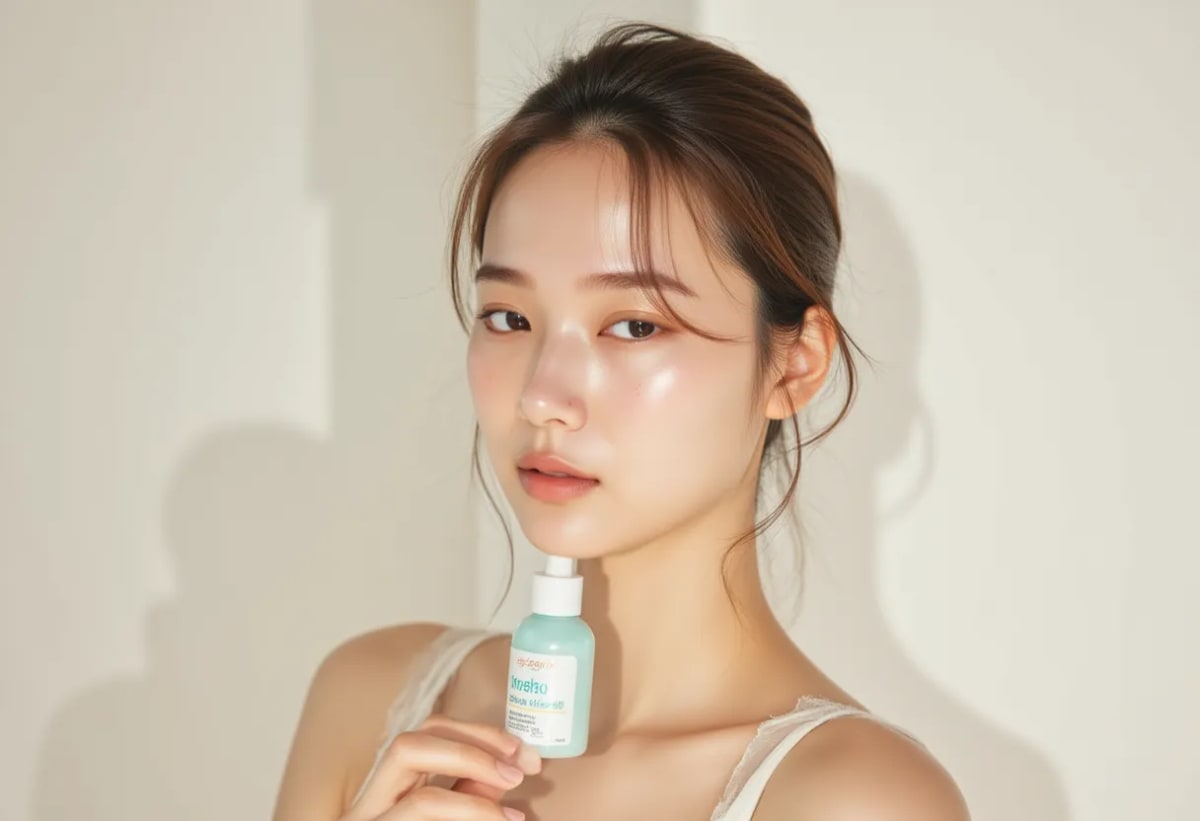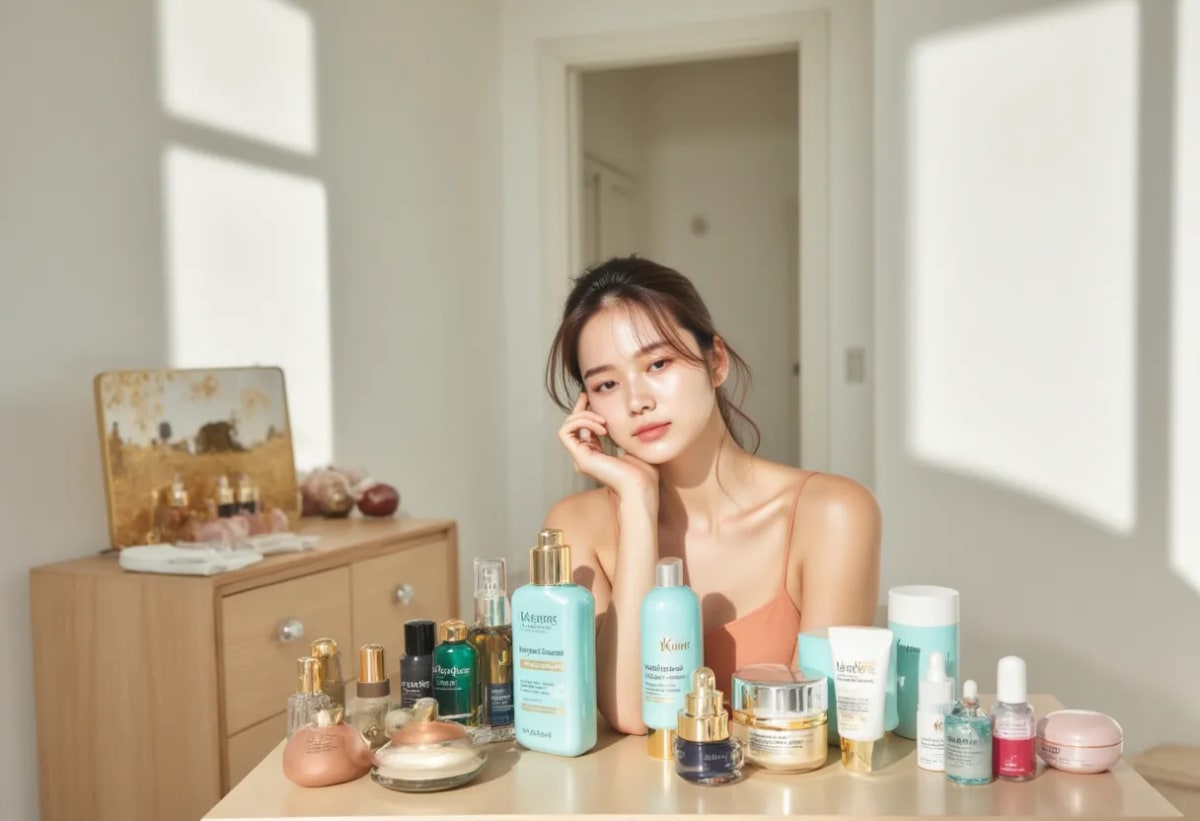
K-Beauty Integrated into Japanese Gen Z’s Daily Life, Centering Around Skincare
K-Beauty is becoming more than just a trend in the Japanese beauty market; it’s becoming a part of daily life. With changes in young Japanese consumers’ behavioral patterns and online-centric purchasing experiences, K-Beauty brands especially focusing on skincare are quickly becoming mainstream.

K-Beauty Brands Moving to the Center Stages of Major Stores
In the past, K-Beauty had limited distribution in Japan, but the scenario has drastically changed. More brands are now positioned at the center of major outlets in Japan such as Loft, Plaza, @cosme, and Don Quijote. Indie brands like Hince, Espoir, Amuse, Anua, and Torriden are particularly prominent.
These brands are favored by young women for their subtle tone-on-tone shades, layerable textures, and functional product lines. In terms of skincare, products like Anua’s calming toner and Torriden’s hypoallergenic serums target sensitive skin, creating a significant consumer base. These products also resonate with Japanese consumers in terms of design and emotional appeal.
“It’s no longer just about testing—now we’re meeting consumers right in the middle of the store.”

Interest Began Online and Expands Offline
The growth of K-Beauty in Japan began online. Traditionally, Japan is a strong offline distribution country, but an exceptional trend is emerging concerning K-Beauty. In 2024, Japan’s overall e-commerce penetration for cosmetics and pharmaceuticals was low at 8.82%, but according to Challengers Japan and Qoo10, 78% of K-Beauty consumers prefer online shopping.
The purchasing criteria have also significantly changed. Consumers make purchasing decisions based on ingredients, feel, and the actual trustworthiness of reviews rather than brand recognition. According to White Cube’s survey, 68% consider ‘ingredients and functionality’ the most important factors, whereas brand importance fell to 23%.
This consumer mentality is also evident in review platforms. Japanese-specific review communities like LIPS and @cosme provide detailed usage comparisons and seasonal skin condition reviews, aiding consumer decisions.
“Refined reviews and fast access to information have become the top priorities for purchasing decisions.”

Market Shifting to Skincare-Focused Consumerism Beyond Color Cosmetics
As trust in K-Beauty rises, the market’s focus is naturally shifting from color cosmetics to skincare. Over the past three years, the sales of Korean skincare products in Japan have more than doubled, surpassing color cosmetic sales in 2024 for the first time.
Currently, over half of the top 50 products sold on Qoo10 Japan are skincare products, with only a few color cosmetics like Romand and TFIT making the charts. This is not merely a trend but a meaningful change where Japanese consumers, especially Gen Z and MZ groups, start choosing cosmetics based on ‘functional’ suitability.
This change continues consistently, prioritizing definitive skin benefits and post-use satisfaction over subtle differences in aesthetics.
Trust Built by Content, A Review-Based Consumption Culture
Gen Z’s consumption style is distinctly different from previous generations. They trust content-based real-use reviews more than brand image or celebrity endorsements. Hence, the usage of actual video content based on real use has increased significantly on local Japanese review platforms, as well as YouTube, Instagram, and TikTok.
K-Beauty is strategically leveraging this environment. Rapidly spreading on SNS are texture test videos, before-and-after use changes, and skin type-specific recommendations, translating into consumer trust. As a result, brands focused on ‘effectively acting on the skin’ functionality, rather than brand identity, have been growing.
“You can definitely feel the change after using the whole product, and that’s the reason for the purchase decision.”
Packaging as a Sensory Experience, Emotionally Stimulating Packaging Strategy
Another strength of K-Beauty is the way it handles emotion. The packaging and design are evolving to match Japanese consumer preferences and consumption habits. Brands like Hince, Espoir, and Tirtir create packages considering graceful curvature details, pastel tones, tangible weight, and texture, which intuitively appeal to Gen Z, who value self-expression greatly.
The emotion of wanting to ‘own’ a cosmetic turns it from a simple beauty product into a ‘life item that expresses oneself,’ naturally functioning as a word-of-mouth channel through posting on SNS and sharing with friends.
“If a cosmetic can change the mood, it means more than just its function.”
The Changing Center of Consumption Power, Japanese Gen Z
The leading force in today’s cosmetics market is no longer women in their 40s. Japanese women in their 20s and 30s have quickly risen as major consumption powers, focusing on tangible results like ‘efficacy,’ ‘texture,’ and ‘instant perceivable change.’ J-Beauty’s traditional conservatism and refined style score lower compared to K-Beauty’s flexibility, quick product launch cycles, and practical lineups.
Gen Z prefers to communicate through the product itself rather than marketing. Korean cosmetics offer hypoallergenic and naturally-derived ingredients, and their planning and usability meet these needs.

The successful spread of K-Beauty in Japan is due to a harmonious strategy of online and offline presence.
